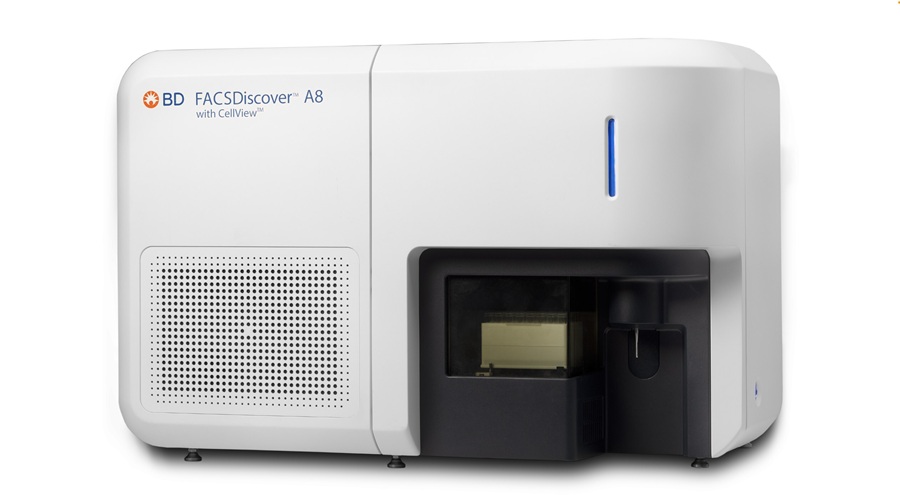Molecular POC Market to Reach USD 510 Million by 2023
By LabMedica International staff writers
Posted on 27 Feb 2018
The molecular point-of-care market (POC), consisting of systems with molecular capability used in decentralized test environments, was worth an estimated USD 165 million in 2017 and is expected to continue growing in the double-digits to reach USD 510 million in 2023.Posted on 27 Feb 2018
The key growth areas in molecular POC diagnostics are expected to be influenza testing, hospital-acquired infections and sexually transmitted diseases. Pricing remains a challenge for molecular systems, although the advantages they offer paint a bright long-term outlook for the market. PCR or sequencing based systems in decentralized settings are expected to grow at the fastest pace, in terms of revenue, as compared to other IVD market categories.
These are the latest findings of Kalorama Information, (New York, NY, USA), an independent medical market research firm.
Molecular point-of-care solutions now offer multiplexing capabilities, allowing an assay to detect multiple pathogenic targets for an infectious condition, in a single run. Multiplex assays for respiratory infections are more common, targeting multiple flu viruses and strains as well as respiratory syncytial virus, among others. Test panels are available for detecting multiple possible causes of gastrointestinal infection, sepsis, or even multiple tropical disease agents such as Ebola, Dengue, Chikungunya, malaria, and so on. It is also possible to design assays for targeting specific genes generally associated with non-infectious diseases such as cancer or Alzheimer's disease, or to determine a patient's sensitivity or resistance to pharmaceutical treatments.
According to Kalorama, influenza and respiratory is the key area of molecular POC diagnostics with a share of almost 40% and is expected to continue dominating the market until 2023. However, immunoassay POC has not exhibited a visible decline in revenue growth and continues to witness innovations. Even in influenza testing, which is the mainstay of molecular POC testing, immunoassay has not witnessed a decline from the presence of molecular testing.
"Just as when molecular test systems were first introduced, huge predictions settled down to reasonable ones, 15 years ago, so it is with the point of care version." said Bruce Carlson, Publisher of Kalorama Information. "This is a market with high potential and investor interest was justified, but healthcare organizations are judicious about purchasing and the technology will have to prove. There's also side benefits to these technologies, where large IVD players can present the system as complete package of laboratory equipment, down to POC level and that should continue to benefit the major players in molecular POC."
Related Links:
Kalorama Information









 Analyzer.jpg)




